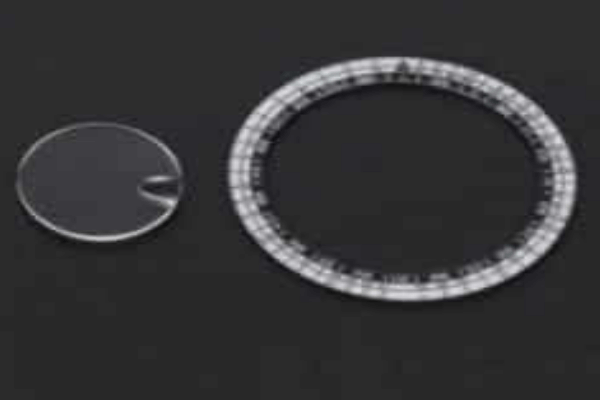
Introduction:
Sapphire glass is a remarkable material that possesses unique properties, making it highly sought after in various industries. In this comprehensive guide, we will delve into the properties of sapphire glass, providing valuable insights into its characteristics and diverse applications. From its exceptional hardness to its optical transparency, this article aims to shed light on the versatility and significance of sapphire glass.
- Exceptional Hardness and Durability:
Sapphire glass stands out for its exceptional hardness, ranking just below diamond on the Mohs scale. This hardness ensures superior scratch resistance, making sapphire glass highly durable and ideal for applications where resistance to abrasion is crucial. Its robustness allows sapphire glass to maintain its pristine appearance and optical clarity even in demanding environments. - High Optical Transparency:
One of the key features of sapphire glass is its high optical transparency. It offers excellent transmission across a broad spectrum, including ultraviolet (UV), visible, and infrared (IR) wavelengths. This property makes sapphire glass an excellent choice for optical applications such as lenses, windows, and substrates. Its exceptional clarity enables precise light transmission, making it invaluable in industries such as optics, electronics, and telecommunications. - Thermal and Chemical Resistance:
Sapphire glass exhibits remarkable thermal and chemical resistance. It can withstand high temperatures, making it suitable for applications requiring heat resistance, such as furnace observation windows and thermal imaging systems. Additionally, sapphire glass is highly resistant to chemicals, including acids and alkalis, ensuring its stability and longevity in harsh chemical environments. - Wide Range of Applications:
The unique properties of sapphire glass make it indispensable in various industries and applications. In consumer electronics, sapphire glass is used as a protective covering for high-end smartphones and smartwatches due to its scratch resistance and optical clarity. The aerospace industry utilizes sapphire glass for cockpit windows and optical systems, benefiting from its durability and resistance to high-altitude conditions. Moreover, sapphire glass finds applications in medical devices, scientific research, sensors, and high-pressure environments, highlighting its versatility and reliability. - Manufacturing and Fabrication:
The manufacturing process of sapphire glass involves precise crystal growth and shaping techniques. Czochralski method and heat exchanger method are commonly used to produce high-quality sapphire crystals, which are then transformed into glass components through cutting, grinding, and polishing. This meticulous manufacturing process ensures the desired optical properties and dimensional accuracy required for different applications.
Conclusion:
Sapphire glass possesses exceptional properties that make it a highly desirable material in various industries. Its exceptional hardness, high optical transparency, thermal and chemical resistance, as well as its versatile applications, contribute to its significance in fields such as electronics, aerospace, medical devices, and more. By understanding the characteristics and applications of sapphire glass, engineers, researchers, and consumers can make informed decisions and leverage the benefits of this remarkable material in their respective domains.










Comments (0)